Although there are some warnings about bleach and its use in cleaning, with a few precautions, you can implement it into your own cleaning.
It’s not so much that it cleans but it’s an incredible disinfectant. So let’s go over the safety and how to use bleach in dishwasher cleaning.
IN THIS ARTICLE:
Is It Generally Safe To Use Bleach In Dishwashers?
Yes, it is, in fact, we’d definitely suggest you use it from time to time as it’s a bulletproof way to disinfect your entire dishwasher. As a harsh chemical, it does come with a few warnings though.


What does It do?
Bleach doesn’t clean but instead, disinfects meaning that it gets rid of germs and bacteria. It’s also effective in fighting mold that tends to gather in dishwashers.
Mold Growth Areas – Mold will form on areas that are always wet. This includes crevices, rubber areas, seals on the doors, gasket, and drain covers.
Do Not Use If…
Now for the warnings. The dishwasher’s interior determines if the bleach is safe for use or not. It’s not if the interior is made of stainless steel while plastic will do fine. If there’s even a little bit of stainless steel, you can use vinegar to disinfect it.
Stainless Steel And Bleach Reaction – The chlorine that’s the main substance in bleach is to blame. When the two get into contact, your stainless steel will have a dull finish and they’re likely to rust and have permanent stains.
Safety Tips Before Use
If you’re in a closed environment and a burst of smell comes from the bleach, the fumes can easily damage parts of your face like the nose, eyes, and mount and other body parts like skin. It also interacts with some chemicals in a bad way so some combinations have to be avoided
Gear – Mask, rubber gloves, and preferably goggles. Be extra careful not to get it on your clothes either as it will get damaged.


Space Preparation – Open your windows when using bleach and never get into a small enclosed space environment with it. You should also let it sit before doing anything so that it has time to evaporate.
Mixing Bleach With Other Chemicals
Basically, whatever you do, do not mix bleach with any other cleaner.
- Bleach + Vinegar – Never mix the two as combined they produce chlorine gas that causes respiratory issues and eye burning and watering. Even just a small dose can do this
- Bleach + Ammonia – produce and release chloramine gas. High concentrations can lead to a coma and even death
- Bleach + Acids – chest pain, severe respiratory issues, vomiting, pneumonia, and lung fluid. High levels can cause death


Cleaning A Dishwasher With Bleach
1. Step
Since bleach is a disinfectant, you’ll have to first clean the dishwasher.
- Empty out the racks and utensil holders, and take them out as well as the filter and spray arms.
- You can soak them in a mixture of water and 2 cups of vinegar for 30 minutes
- Next, clean out the holes in the filter and spray arms typically with a toothpick or soft brush
- Rinse everything thoroughly so there’s no vinegar residue left and reinstall everything back
Tip: While you’re at it, we suggest cleaning out the dishwasher drain as it’s an important part of the dishwasher that dictates how well it works.
2. Step
Now it’s time to disinfect the dishwasher. There are multiple ways to do this so let’s get right into it.
Method 1.
You’ll want to make a bleach and water solution. The water has to be lukewarm and you’ll need 4 cups to do so. Mix in 3/4 of a teaspoon of chlorine bleach. Place the mixture in a spray bottle and start spraying down the parts you want to clean. Afterward, wipe down the areas you sprayed the mixture on and wipe dry with a clean rag.
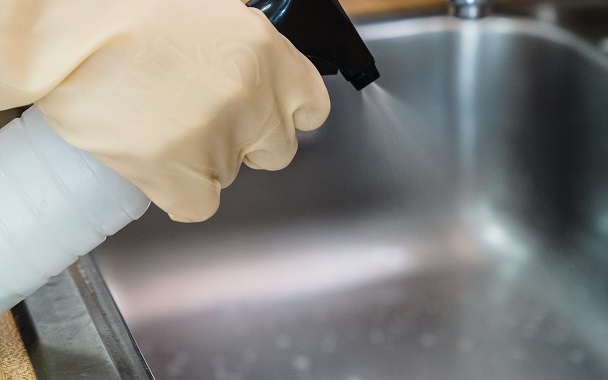

Method 2.
Measure out a cup of bleach and transfer it into a dishwasher and bleach-safe bowl. Then you’ll simply run a cycle on the highest heat and skip the drying cycle. It’ll help remove mold inside your washer.
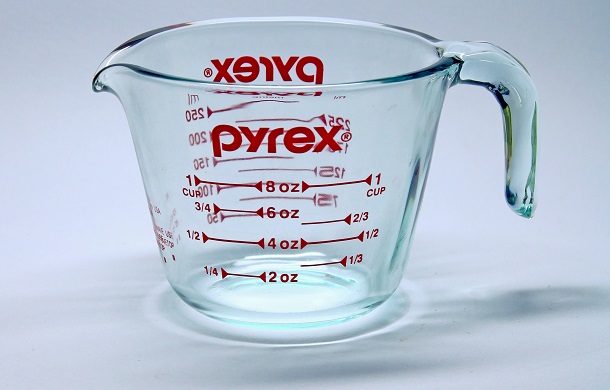

Method 3.
Remember the rubber and typically mold areas we talked about? You can specifically clean those as well. Mix 1 part bleach with 4 parts water and place in a half-gallon spray bottle. After, spray the mold on the rubber areas with the bleach, scrub it away gently with a brush and rinse thoroughly with water. afterward, dry with a clean rag.


Bonus: Cleaning Dishes With Bleach
There’s really no need to disinfect dishes with bleach in a dishwasher as most of today’s dishwasher detergents and tablets already contain chlorine which is basically bleach. If you really want to kill the germs an efficient way to do so is to run a sanitize cycle that will heat the water even more and efficiently get rid of them.
To Wrap It Up
Be sure to not mix it with other chemicals and stainless steel interior dishwashers and you’ll have no problems revolving around bleach and the many mythical dangers it poses. Don’t get us wrong though, you should still tread carefully and with respect to the chemical when using it.












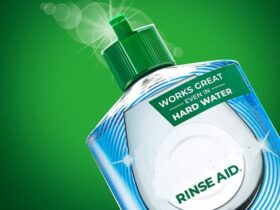

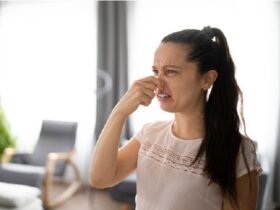

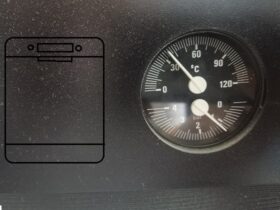
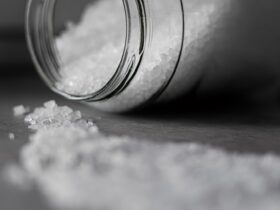

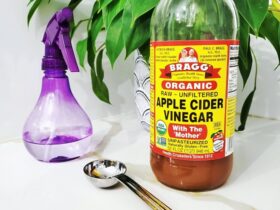
Leave a Reply